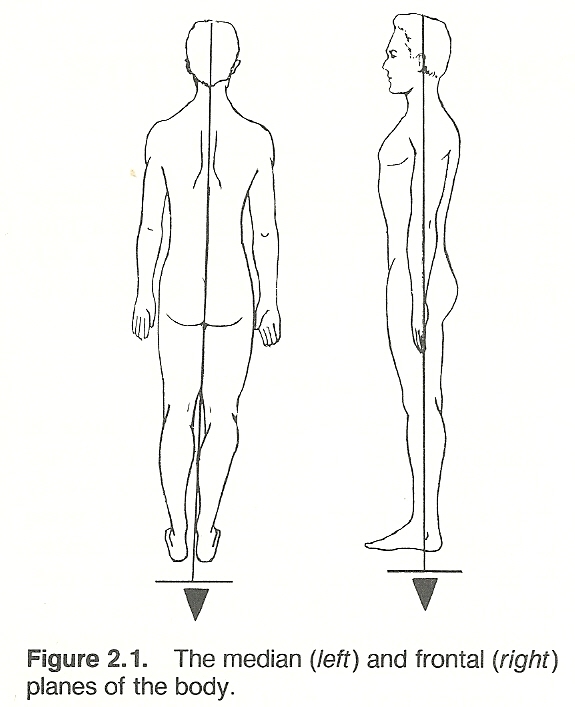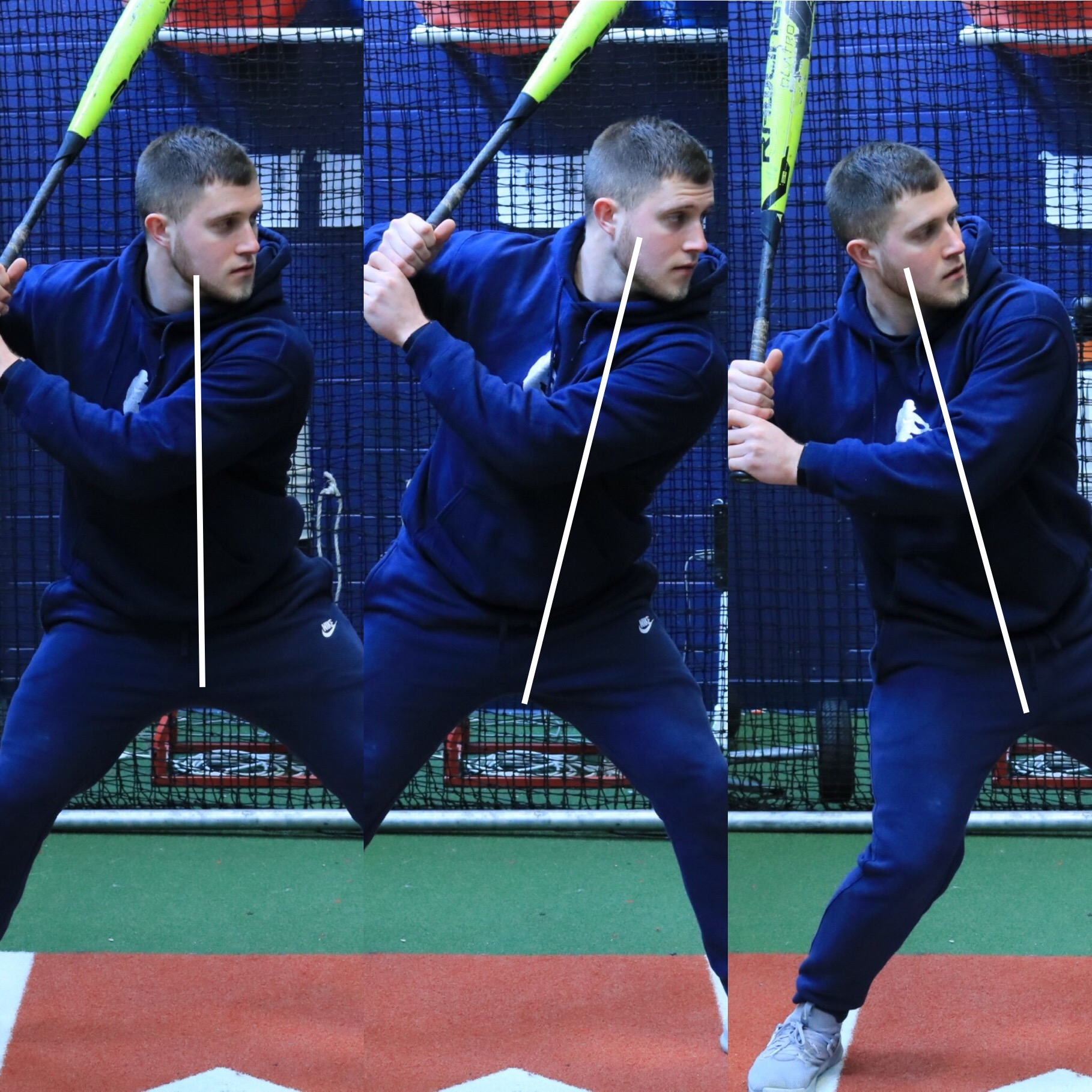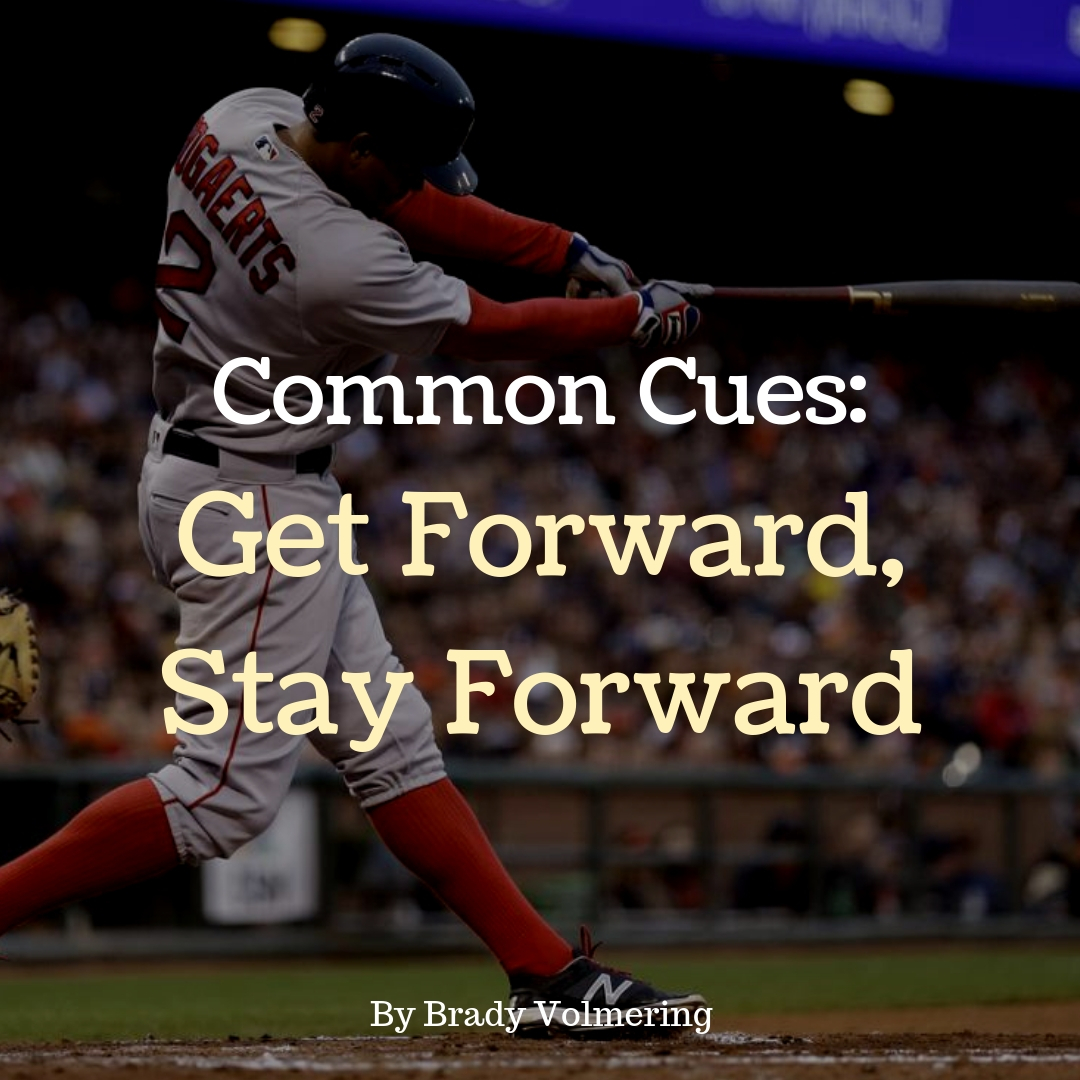There will be several articles included in this “Common Cues” series. Below are some important notes to consider before we get into the actual article (these will be included at the beginning of each article in the series):
- Cues are not the same as reality. Cues create reality. Therefore, some of the cues will not match reality, or in other words, what actually happens. Their purpose is to create the reality, not be it.
- Every cue is not meant for everybody. There will be a list of examples in each article, detailing athletes that both demonstrate characteristics of the cue, and athletes that don’t. It’s tough to say exactly which athletes the cue will or won’t work for. Let your intuition be the measuring stick. If the cue makes sense to you, try it out. If not, move on.
- Over time there will be a growing list of “Common Cues” articles. To search for these, simply click the 3 little bars you see at the top of the site and enter “Common Cues” into the search bar to get the full list.
- Let’s get started.
In this article, the third in our “Common Cues” series, we’re going to talk about what “getting forward” means, the benefits it can provide, and some specific actions you can take to assess whether or not this cue may or may not be for you. Strap in, this is going to be a big one.
What’s it Mean?
There are really two different points, and one move, where I assess whether a hitter is getting sufficiently forward. This video of Xander Bogaerts and Trevor Story will help you visualize what I’m talking about:
Notice there are two points in which the video paused for each of them. The pauses indicate the point at which I will generally check posture (think angle of their torso in relation to the ground), and the time in between those points indicates the move they make where we can see if they are maintaining the angles and posture they created while working into footplant.
We want to be able to…
- Create good angles and posture as we make our forward move and work into footplant and…
- Maintain those angles as we turn all the way to and through contact.
Benefits (or downsides)
Getting forward is simply a visual way of describing our need to maintain our center of mass as we move forward and as we rotate. Think of your center of mass as the middle of the head all the way down through the middle of your pelvis:

Now, this is pretty easy to picture and understand with a drawing of a human that isn’t moving. But what about when we add in movement? And what about when we add in rotation, or lateral tilt? All this does is change the positioning of the lines. The angles are the same, they simply become tilted.
When talking about “getting forward”, we are able to simplify this a tad. We can take out the front/back view and just focus on the side/lateral view (the front/back view is equally important. You can see more in the article I wrote about it here).
When talking about maintaining our center of mass, we can think about it in terms of ranges. There is a “normal” range, a “too far back” range (roughly 20 degrees or more rearward tilt), and a “too far forward” range (anywhere past being perpendicular with the ground).

This specific cue is meant for those in the “too far back” range. They need to understand that it’s okay to allow themselves to get forward. In fact, it’s probably necessary for their success in the batters box.
For instance, we know that our attack angle should generally be in the positive range, but not much higher than 16 or so degrees if we want to maintain our ability to hit the ball hard. One thing we are able to do with our Blast Motion sensors is figure out exactly what your attack angle is. What I’ve found is that hitters who have an excessively positive attack angle, tend to also have center of mass issues. Here’s what one of those bad attack angles (exaggerated) looks like on the Blast sensor:
And here is what a “normal” attack angle would look like:
But how does this relate to posture you ask? When we rotate, our barrel is generally going to want to work on a path that is even with, or slightly above, the shoulders (see more on this topic in our article on being connected). So it is very possible that the posture you rotate with has a large impact on what your “average” attack angle will be. I say average because attack angle is going to vary based upon pitch height. We need to be flatter for higher pitches and steeper for lower pitches to hit them successfully, and our bodies will naturally adjust for that. However if our posture is off, if it’s leaning too far back in this case, then it will generally be more difficult for us to reach the lower pitches, and to hit them flush and with good carry (it’s important to note here that this posture to pitch relationship doesn’t always hold true. We are currently working with an athlete who has a tendency to lean back, but hits the lower pitch better than the higher pitch).
Having a body posture, or an attack angle, that is out of the “normal range”, will effectively lower your ability to keep the barrel in the zone and will result in the hitter having less overall room for error. The result? Decreased performance.
But Wait… There’s More!!!
Thus far we’ve determined that getting forward is important (relative to staying too far back) and that your posture into footplant can have a large impact on the angles you create as you rotate. Now, I want to dig a little deeper into how rotation actually happens and why you need to continue “feeling forward” as you rotate.
Imagine you have a spinning top:
Now, imagine that as that top was spinning, you decided to bump it and change it’s axis of rotation. What would happen?
It’d stop, topple over. Obviously. It has already started rotating about a point, and changing that point about which it’s rotating, is going to have a negative impact on how well it can rotate. The same holds true in the swing.
An easy way to visualize this might be heading over to the dark side of throwing for a moment. One thing we don’t want to see is a rear leg that continues forward after our front foot has landed. Generally this means that we haven’t efficiently blocked our energy and that instead of forward torso flexion happening, the rear leg comes forward. Here’s an example of myself performing that move more than 6 years ago:
We can think about the swing in the same way. Shifting our center of mass backwards as we swing is not going to be conducive to efficient rotation. It will effectively throw off our axis of rotation and make the top topple. Here’s an example of what that would look like:
By emphasizing a feel of “staying forward” as these types of hitters get into footplant, and through finish (we don’t want to cue their rotation as that should happen naturally as a result of how they set themselves up and how they are looking to finish), we might be able to help them get into a better posture, and execute a cleaner bat path, increasing their ultimate chances for success.
But What About “Turning the Barrel”?
Turning the barrel may have merit, I just don’t agree with the way I commonly see it taught. Here is what I mean, and the distinction I would make in video form:
Yes we want to turn the barrel, but we don’t want to lose posture when doing so.
Who this is and isn’t for:
“Get forward” isn’t for hitters who already tend to be top heavy. And by top heavy I mean get their head too far out in front of their center of mass, as we saw in the demonstration pics earlier in this article. It is for those hitters who have either been taught to “stay back”, or have been taught to “turn the barrel” incorrectly. You will be able to assess and tell whether you might fall into this category by either looking at some video from the side and the points that were mentioned above, or combining that video with information from a Blast or Diamond Kinetics sensor to get a feel for your attack angle and how your posture might be affecting that.
With that being said, here are are two drills I routinely give athletes who struggle with their “front to back” posture to help them feel and get closer to what a “normal” posture might be.
Front foot elevated swings:
Rear Foot Elevated Swings:
In Closing…
If you would like to see further demonstration of what “getting and rotating forward” means, you can check out the video I made on the subject. It’s always easier to demonstrate and get a point across when you are able to provide visuals:
That’s all we got for today! I appreciate you all taking the time to read this article and I hope it’s provided you with some value. If you have additional questions, comments, or are interested in figuring out how this and other cues may apply to your own training, I can be reached via email at brady@dacbaseball.com.
Stay Hungry.
Brady
